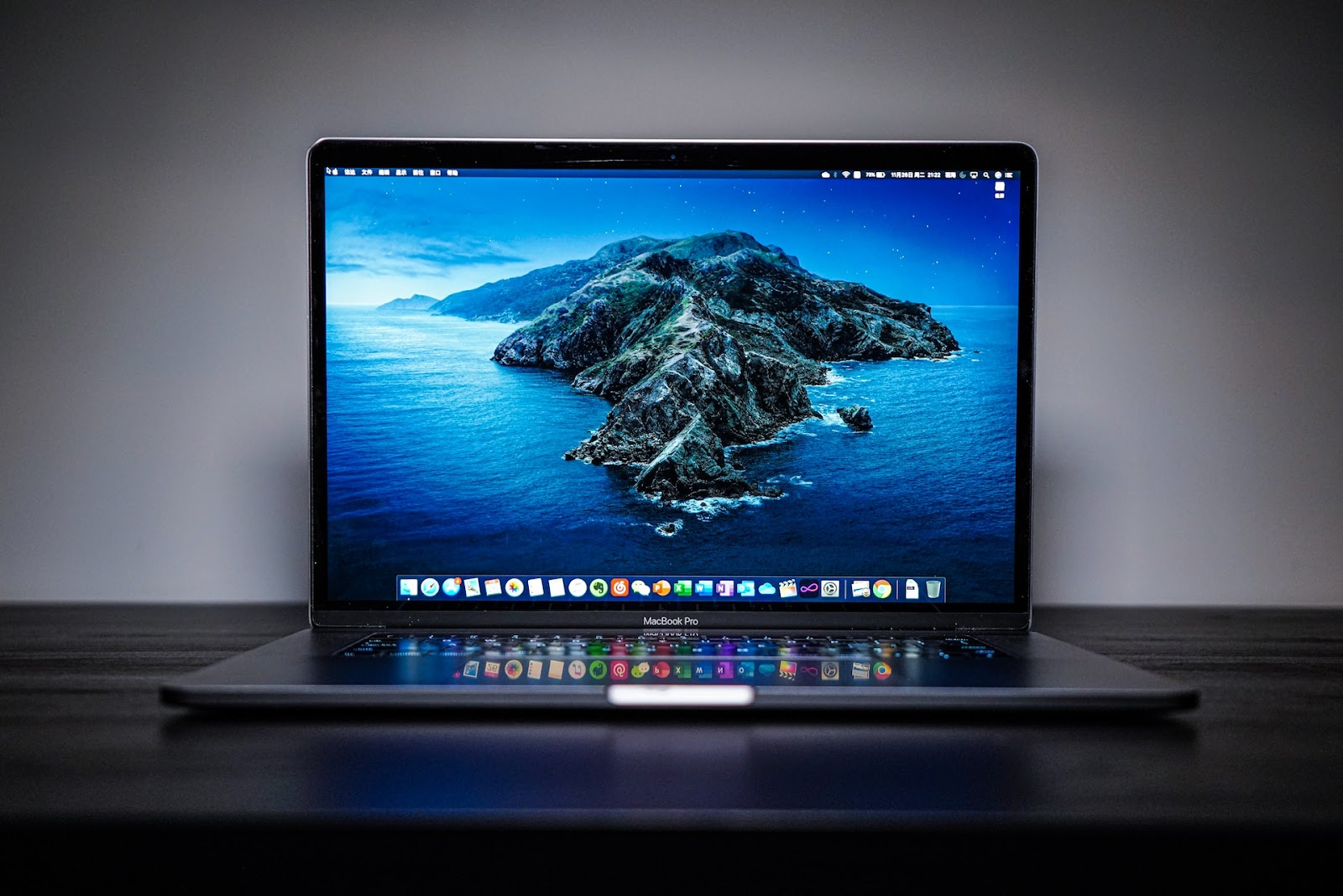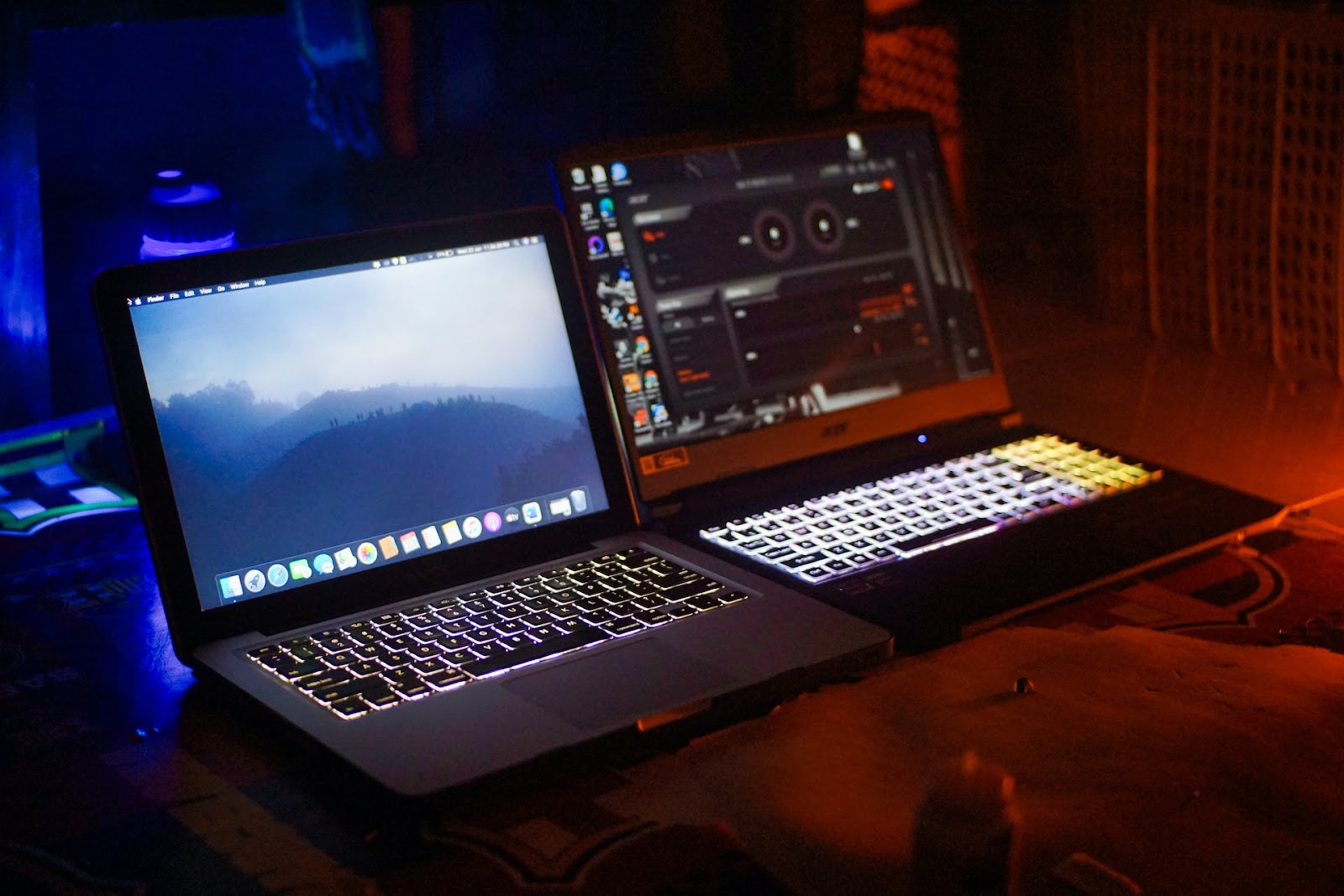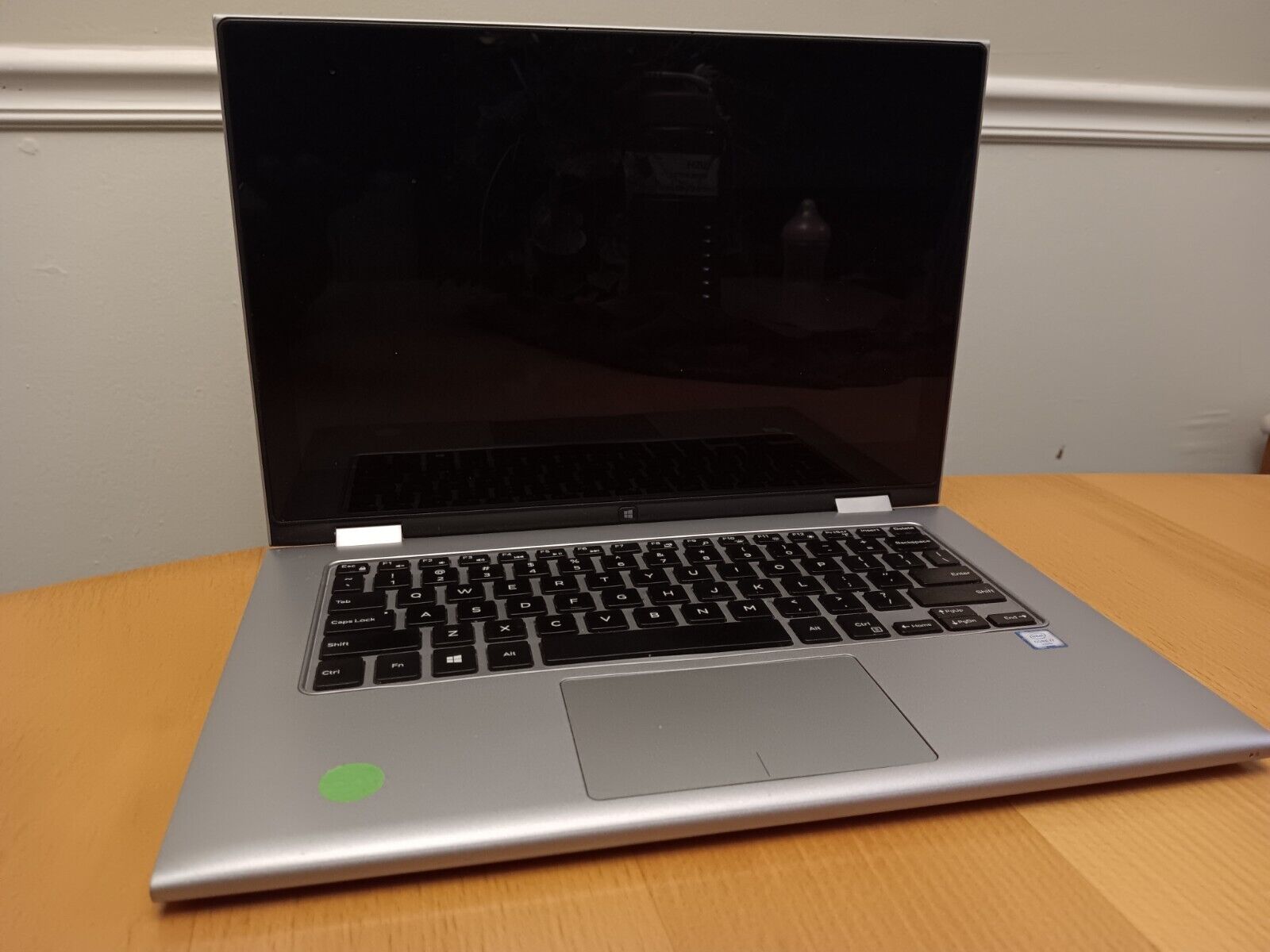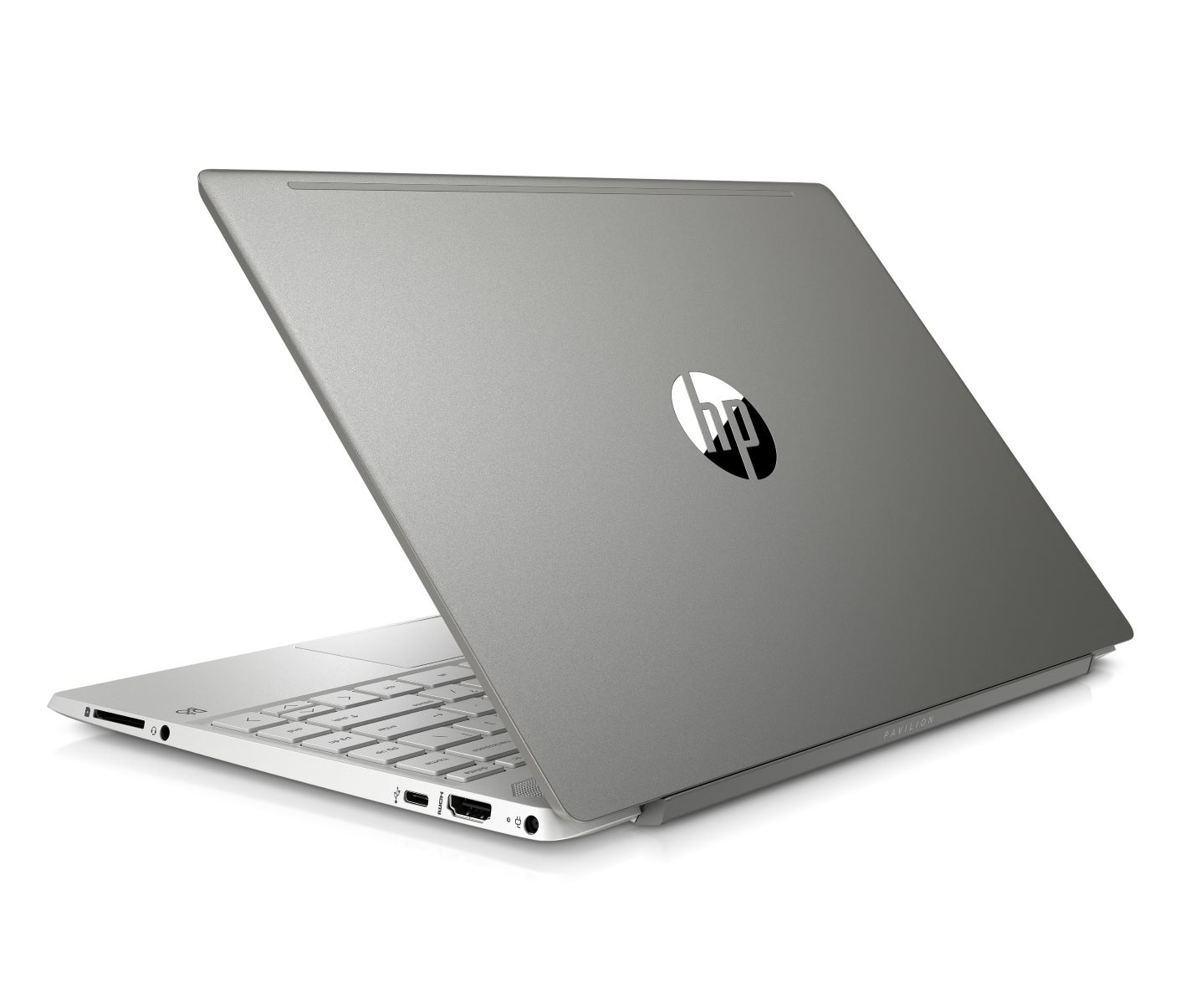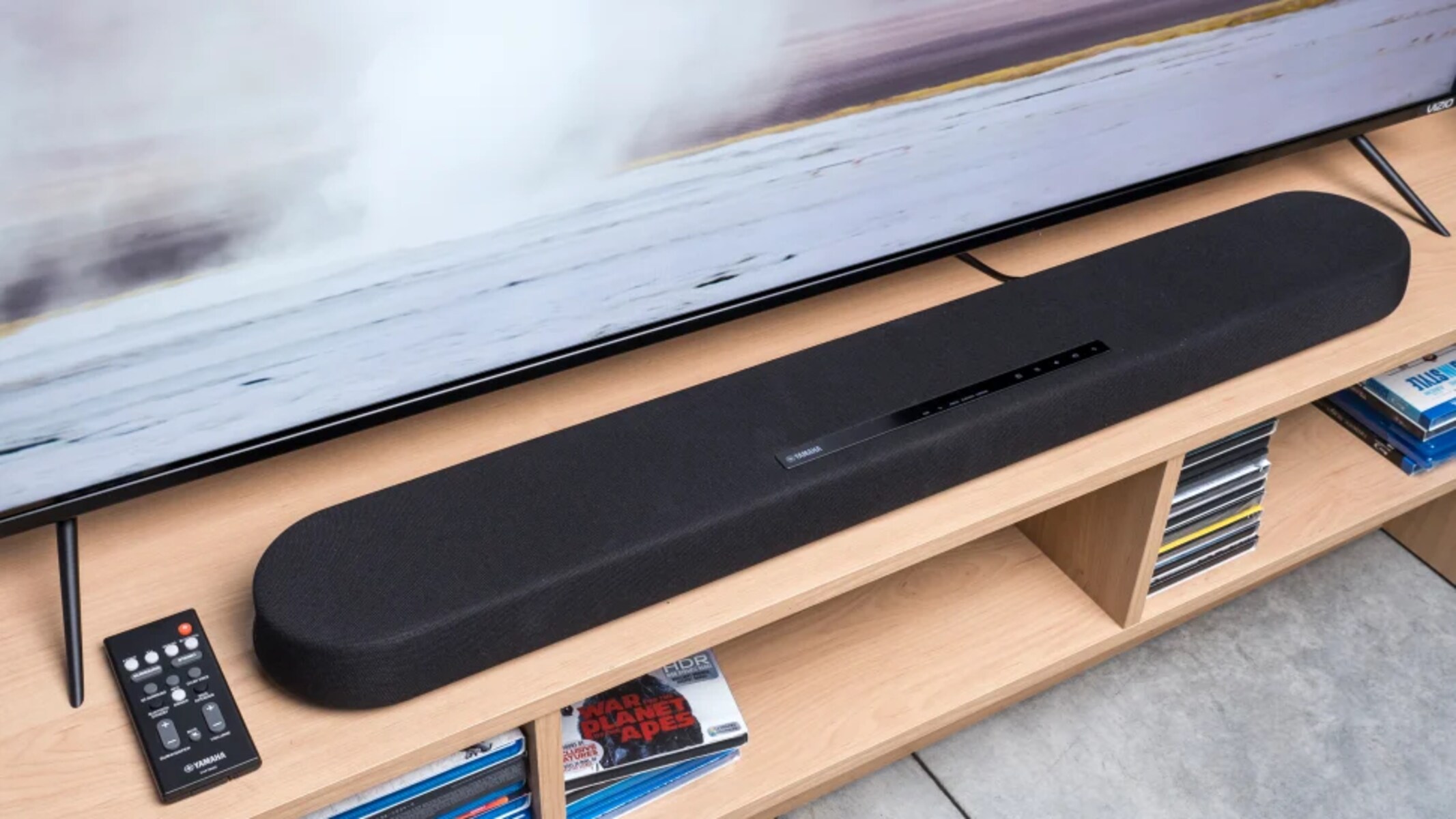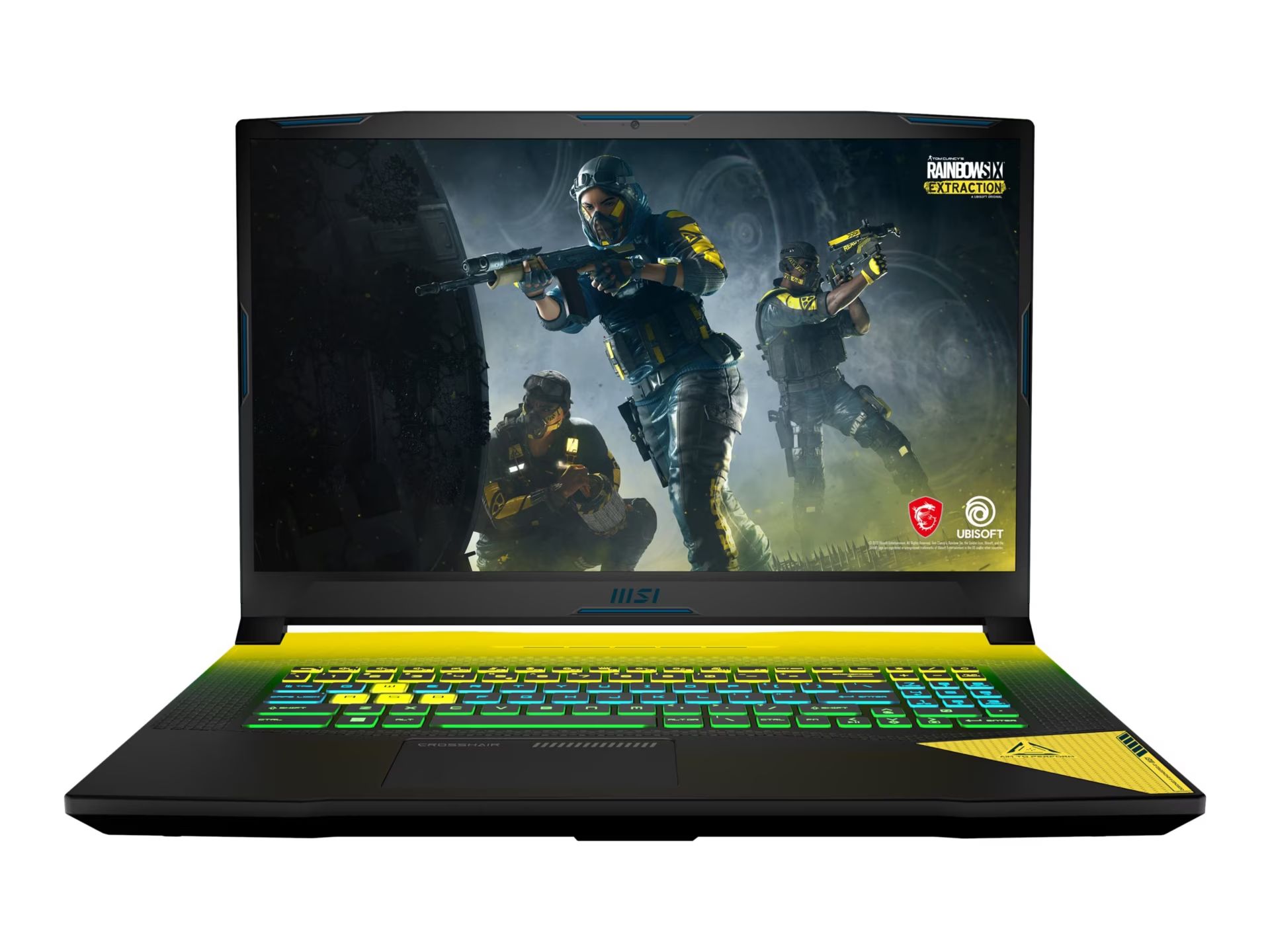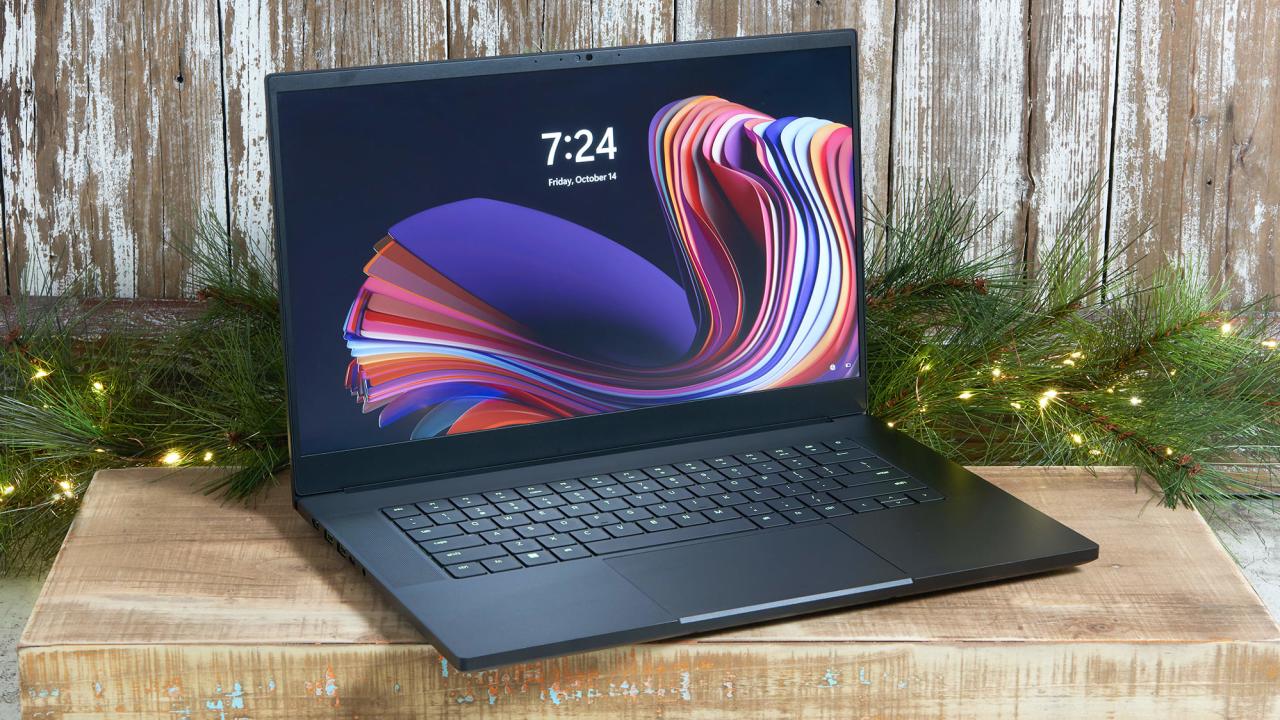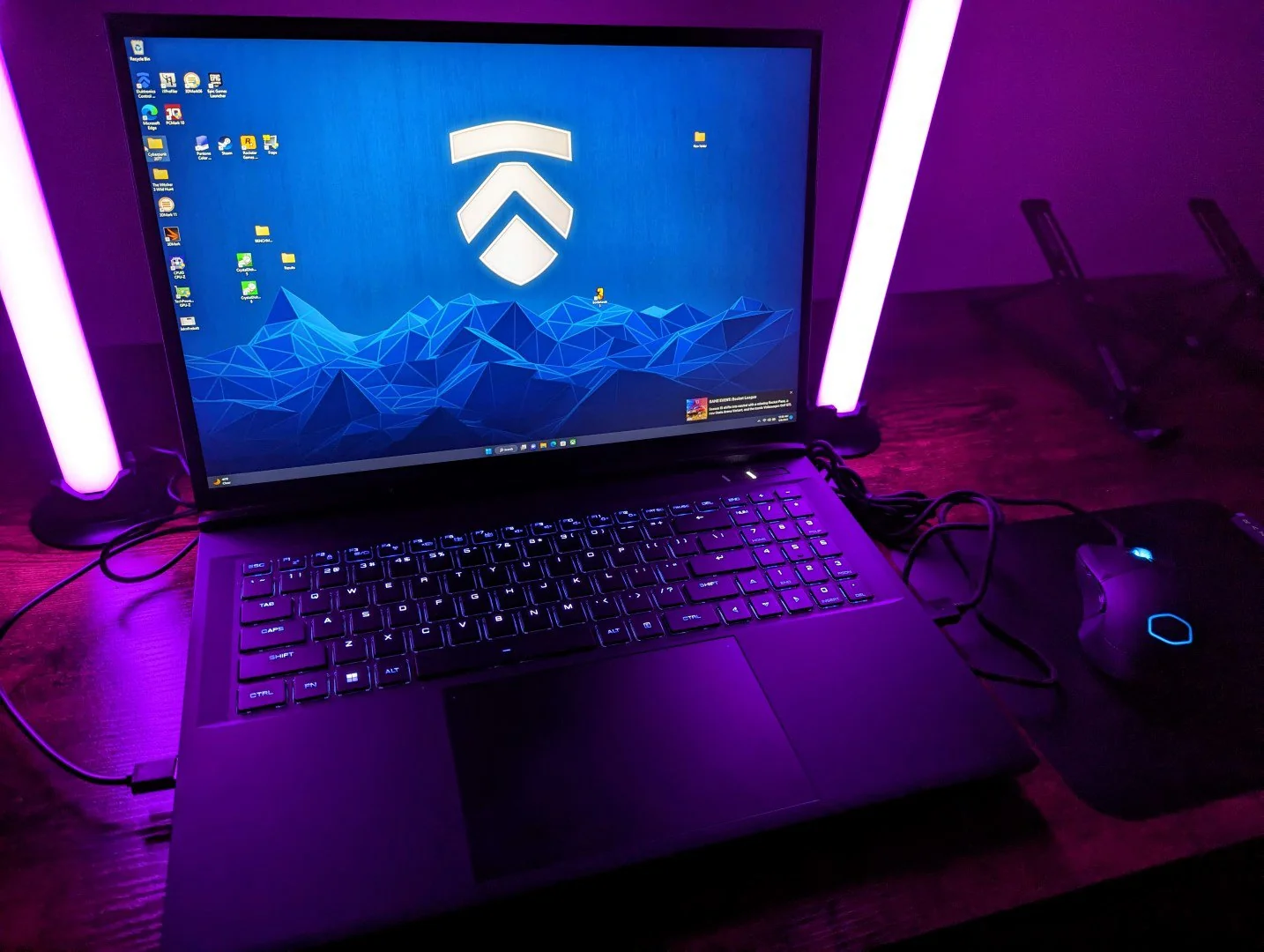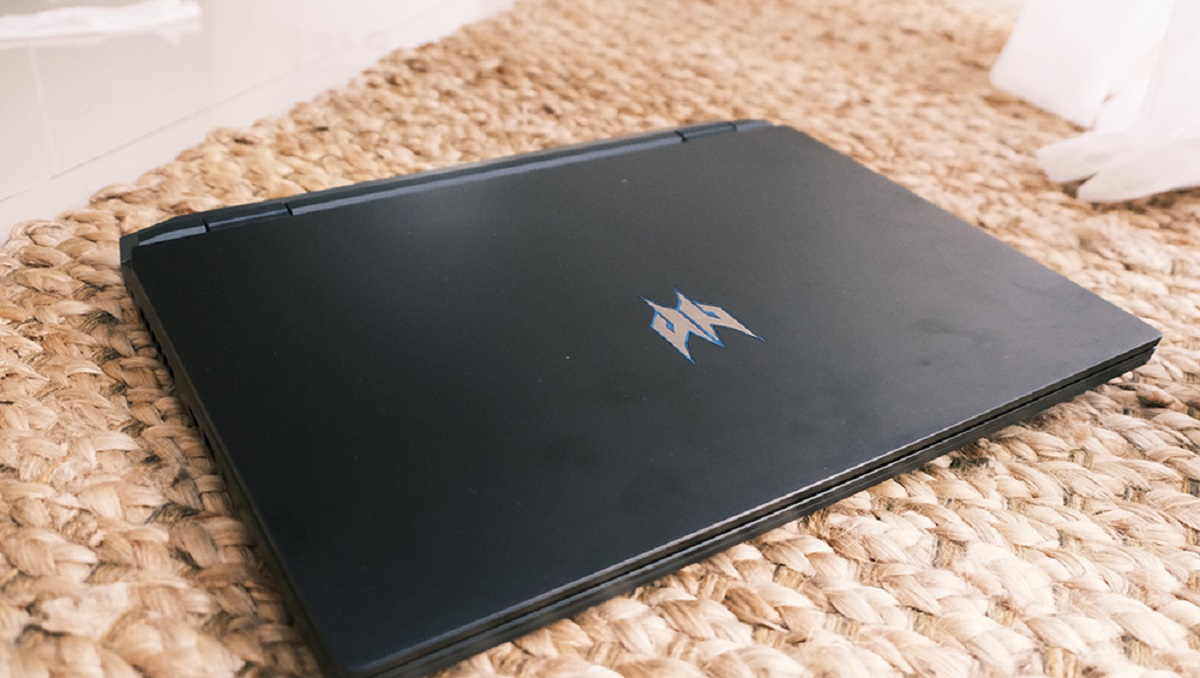Introduction
Gaming laptops have become increasingly popular among gamers who want the flexibility to play their favorite games wherever they go. One critical aspect that gamers consider when purchasing a gaming laptop is its performance, and a key component of performance is the wattage consumed by the device. Understanding the power consumption of a gaming laptop is essential not only for determining its performance capabilities but also for managing battery life efficiently.
When it comes to gaming laptops, the wattage refers to the amount of power the laptop requires to operate effectively. It is crucial to understand this concept to ensure you choose a laptop that can handle the power demands of your favorite games. By understanding how different components of a gaming laptop consume power, you can make informed decisions that suit your gaming needs.
In this article, we will explore the various components within a gaming laptop that contribute to its power consumption. We will delve into the power requirements of the graphics processing unit (GPU), the central processing unit (CPU), random-access memory (RAM), and even the display panel. Additionally, we will discuss how power consumption affects the battery life of a gaming laptop and provide valuable power-saving tips to optimize your gaming experience.
Whether you are a casual gamer or a hardcore enthusiast, understanding how many watts a gaming laptop consumes is vital. It not only helps you choose the right laptop for your gaming needs but also enables you to manage power consumption efficiently, ensuring an optimal gaming experience with longer battery life.
Understanding Wattage
Wattage is a unit of measurement used to quantify the rate at which electrical power is consumed or produced. In the context of gaming laptops, wattage refers to the amount of power required for the system to function optimally. It is an important consideration when choosing a gaming laptop as it directly affects the overall performance and battery life of the device.
The wattage of a gaming laptop is determined by the power needs of its various components. These components include the graphics processing unit (GPU), central processing unit (CPU), random-access memory (RAM), and display panel. Each component consumes a certain amount of power, and the cumulative power consumption of all these components determines the overall wattage of the laptop.
It is important to note that different laptops can have varying wattage levels based on their specifications and performance capabilities. High-end gaming laptops with more powerful components may require higher wattage to deliver optimum performance for demanding games, while entry-level gaming laptops may consume less power.
When shopping for a gaming laptop, it is important to consider wattage alongside other specifications such as CPU and GPU performance. Opting for a laptop with higher wattage ensures that it can handle the power demands of the latest games and provide a smooth gaming experience without straining the components.
However, it is equally important to strike a balance between wattage and battery life. Higher wattage laptops tend to consume more power, resulting in shorter battery life. If portability and extended battery life are essential factors for you, opting for a laptop with a lower wattage might be a more suitable choice.
Understanding wattage is crucial for choosing a gaming laptop that corresponds to your gaming requirements and power preferences. By considering the power consumption of each component and evaluating the overall wattage of the laptop, you can make an informed decision that optimizes both performance and battery life.
Components That Consume Power
A gaming laptop consists of several components, each of which consumes power to function. Understanding how these components contribute to the power consumption of your laptop can help you make informed decisions when choosing a gaming laptop and managing its power usage effectively.
1. Graphics Processing Unit (GPU): The GPU is one of the most power-hungry components in a gaming laptop. It is responsible for rendering graphics and ensuring smooth gameplay. Higher-end GPUs tend to consume more power, especially when playing graphically intensive games. It is important to consider the power requirements of the GPU when selecting a gaming laptop.
2. Central Processing Unit (CPU): The CPU is the brain of the laptop and is responsible for executing instructions and performing calculations. While the CPU’s power consumption is typically lower compared to the GPU, it still contributes to the overall power consumption. Gamers who engage in CPU-intensive tasks, such as livestreaming or video editing, should consider a laptop with a more powerful CPU, keeping power consumption in mind.
3. Random-Access Memory (RAM): RAM plays a crucial role in gaming performance, as it temporarily stores data that the CPU needs for quick access. While RAM power consumption is relatively low compared to other components, opting for higher RAM capacities can indirectly increase power consumption due to increased data processing requirements.
4. Display Panel: The display panel of a gaming laptop contributes to power consumption, especially if it features higher resolutions or a high refresh rate. Laptops with 4K displays or 120Hz refresh rates are more power-hungry compared to those with standard Full HD displays. Consider the display specifications and power requirements when choosing a gaming laptop.
5. Storage Drives: Although storage drives do consume power, their impact on overall power consumption is relatively minimal. Whether you opt for solid-state drives (SSDs) or traditional hard disk drives (HDDs), the power consumption difference between the two is negligible and should not be a primary factor in your decision-making process.
6. Other Components: Other components such as cooling fans, motherboard, and peripherals like keyboards and mice also consume some power, albeit at a significantly lower level compared to the major components mentioned above.
Understanding the power consumption of each component in a gaming laptop allows you to make informed decisions when selecting a laptop that meets your gaming needs while considering power usage. It’s important to strike a balance between performance requirements and power efficiency to optimize your gaming experience and battery life.
GPU Power Consumption
The graphics processing unit (GPU) is a crucial component in a gaming laptop, responsible for rendering graphics and delivering a smooth gaming experience. However, GPUs are known to be power-hungry, and understanding their power consumption is essential when choosing a gaming laptop that can handle demanding games.
The power consumption of a GPU varies depending on several factors, including the GPU model, architecture, and workload. High-end gaming laptops with top-of-the-line GPUs tend to consume more power compared to entry-level or mid-range laptops.
The power consumption of a GPU is mainly influenced by two factors: active power and idle power.
1. Active Power Consumption: Active power consumption refers to the amount of power the GPU consumes when it is under heavy load, such as when playing graphically demanding games or running GPU-intensive applications. As the workload on the GPU increases, so does the power consumption. High-end GPUs with advanced features and higher core counts generally consume more power during intense gaming sessions.
2. Idle Power Consumption: Idle power consumption refers to the power the GPU consumes when it is in a low-activity state, such as when the laptop is idle or running less graphically demanding applications. While the power consumption during idle times is significantly lower than during gaming sessions, it still contributes to the overall power consumption of the gaming laptop.
Modern GPUs often include power-saving features, such as dynamic voltage and frequency scaling, which allow the GPU to adjust its power consumption according to the workload. This helps optimize power efficiency by reducing power consumption during idle periods and ramping up power when needed during intense gaming sessions.
When selecting a gaming laptop, it’s essential to consider the power consumption of the GPU, especially if you plan to play graphically demanding games. Opting for a laptop with a more powerful GPU might require a higher wattage power supply and could affect battery life. However, it ensures smooth gameplay and enables you to enjoy graphics-intensive games without compromising performance.
It’s worth noting that power consumption is not the sole factor in determining the performance of a GPU. As technology advances, GPU manufacturers strive to improve power efficiency while delivering better performance. Therefore, it’s crucial to consider both power consumption and performance when choosing a gaming laptop with a GPU that fits your gaming needs.
CPU Power Consumption
The central processing unit (CPU) is the brains behind a gaming laptop, responsible for executing instructions and performing calculations. While the CPU’s power consumption is typically lower compared to the graphics processing unit (GPU), it still contributes to the overall power consumption of the laptop.
The power consumption of a CPU depends on various factors, including the CPU model, architecture, and clock speed. High-performance CPUs with more cores and higher clock speeds tend to consume more power compared to lower-end models.
Similar to the GPU, the CPU has two primary power consumption modes: active power consumption and idle power consumption.
1. Active Power Consumption: Active power consumption refers to the power the CPU consumes when it is under heavy load, such as when running demanding applications or multitasking while gaming. During these times, the CPU is working at its maximum capacity, processing instructions and calculations, and therefore consumes more power. Higher-end CPUs are designed to handle more workload, and as a result, they may have higher active power consumption.
2. Idle Power Consumption: Idle power consumption refers to the power the CPU consumes when it is in a low-activity state, such as when the laptop is idle or running lightweight applications. The CPU reduces its clock speed and voltage during idle times to conserve power. This idle power consumption is significantly lower compared to active power consumption, contributing to power efficiency when the CPU is not under heavy load.
It’s important to strike a balance between CPU performance and power consumption when selecting a gaming laptop. Investing in a more powerful CPU can enhance the overall gaming experience, especially for CPU-intensive tasks like livestreaming or video editing. However, keep in mind that higher-performing CPUs often require more power, which can affect battery life and overall power efficiency.
Modern CPUs also incorporate power management features, such as dynamic frequency scaling and aggressive power-saving modes. These features allow the CPU to adjust its clock speed and voltage dynamically based on workload, optimizing power consumption for different applications and tasks.
When considering CPU power consumption, it’s crucial to evaluate your gaming requirements and strike a balance between performance and power efficiency. Depending on your needs, you may opt for a gaming laptop with a more powerful CPU and accept slightly higher power consumption, or choose a laptop with a lower power CPU if extending battery life is a priority.
Overall, understanding the power consumption of the CPU in a gaming laptop allows you to make informed decisions and choose a laptop that fits your gaming needs while considering power efficiency and battery life.
RAM Power Consumption
While the power consumption of random-access memory (RAM) in a gaming laptop is relatively lower compared to the GPU and CPU, it still contributes to the overall power consumption of the system. RAM is responsible for temporarily storing data that the CPU needs for quick access, ensuring smooth and efficient gameplay.
The power consumption of RAM depends on several factors, including the RAM type, capacity, and speed.
1. RAM Type: There are different types of RAM available, such as DDR3, DDR4, and now DDR5. Each new generation of RAM tends to offer higher performance and power efficiency. DDR4 RAM, for example, is more power-efficient compared to its predecessor, DDR3.
2. RAM Capacity: The RAM capacity refers to the amount of memory installed in the laptop. Higher RAM capacities tend to consume slightly more power than lower capacities, although the difference in power consumption is typically minimal.
3. RAM Speed: The speed at which RAM operates also affects its power consumption. Higher-speed RAM modules may consume slightly more power compared to lower-speed ones, although the impact on overall power consumption is usually negligible.
In general, the power consumption of RAM is relatively low compared to other components in a gaming laptop. While increased RAM capacity may result in slightly higher power consumption, it is unlikely to have a significant impact on battery life or overall power efficiency.
When selecting a gaming laptop, it is important to consider the RAM requirements of the games you plan to play. Opting for higher RAM capacities can enhance multitasking capabilities and ensure smooth gameplay, especially with modern games that demand more memory. However, it’s important to keep in mind that RAM power consumption should not be a primary concern when making decisions about power efficiency and battery life.
Overall, the power consumption of RAM in a gaming laptop is relatively low and should not be a significant factor in decision-making. Focus on choosing RAM that meets your gaming needs, such as higher capacity or faster speed, without worrying too much about its power consumption impact.
Display Power Consumption
The display panel of a gaming laptop plays a crucial role in delivering an immersive gaming experience. However, it also contributes to the overall power consumption of the system. The power consumption of the display primarily depends on its resolution and refresh rate.
1. Resolution: Higher-resolution displays, such as 4K or QHD, tend to consume more power compared to standard Full HD (1080p) displays. This is because higher-resolution displays have more pixels that need to be lit up, requiring more power to drive them. If power efficiency is a concern, opting for a laptop with a lower resolution display can help conserve energy.
2. Refresh Rate: The refresh rate refers to the number of times the display refreshes the image per second. Higher refresh rates, such as 120Hz or 144Hz, result in smoother motion and reduced motion blur during gaming. However, higher refresh rates also contribute to increased power consumption as the display needs to refresh the image more frequently. Consider your gaming preferences and prioritize either higher refresh rates or better power efficiency when selecting a laptop.
It’s worth noting that display power consumption varies depending on the content being displayed. Brighter and more colorful images tend to consume slightly more power compared to darker or static images. This is because the display panel requires more backlighting to illuminate the pixels in brighter scenes.
Modern gaming laptops often include power-saving features that allow users to adjust the display brightness or enable power-saving modes to reduce power consumption. Utilizing these features can help optimize power efficiency and prolong battery life, especially when gaming on the go.
When selecting a gaming laptop, consider your gaming preferences, power requirements, and battery life expectations. If power efficiency is a priority for you, opting for a laptop with a lower resolution display and a standard refresh rate can help conserve energy. However, if you seek a more immersive gaming experience, higher-resolution displays and higher refresh rates may be more appealing, even if they result in slightly higher power consumption.
Overall, understanding how the display contributes to the power consumption of a gaming laptop allows you to make informed decisions that align with your gaming preferences and power efficiency requirements. Strike a balance between resolution, refresh rate, and power consumption to optimize your gaming experience while ensuring efficient power usage.
Battery Life and Power Consumption
Battery life is a crucial factor to consider when it comes to gaming laptops, especially for those who frequently game on the go or in situations where access to a power outlet is limited. Understanding the relationship between power consumption and battery life is essential for managing power usage effectively.
The overall power consumption of a gaming laptop directly affects its battery life. Higher power consumption results in shorter battery life, while lower power consumption allows for longer battery life. Gaming laptops with more powerful components, such as high-end GPUs and CPUs, tend to consume more power, leading to decreased battery life.
It’s important to note that battery life can vary significantly depending on the specific laptop model, battery capacity, and the tasks being performed. Gaming on a laptop typically consumes more power compared to other activities like web browsing or document editing, as it puts more strain on the hardware.
While it’s nearly impossible to estimate the exact battery life of a gaming laptop due to the variability of gaming intensity and other factors, various power-saving techniques can help extend battery life:
- Lower display brightness: Reducing the brightness of the display can have a significant impact on power consumption and subsequently increase battery life.
- Enable power-saving mode: Many gaming laptops offer power-saving modes that optimize performance for longer battery life. These modes typically reduce CPU and GPU power consumption.
- Close unnecessary applications: Closing background applications that are not essential for gaming can help conserve power and improve battery life.
- Manage system performance: Adjusting system performance settings, such as CPU and GPU power profiles, can help strike a balance between performance and power consumption.
- Disable unused peripherals: Disabling features like Wi-Fi, Bluetooth, and RGB lighting when not in use can reduce unnecessary power consumption.
It’s important to remember that while these power-saving techniques can help extend battery life, they may impact gaming performance to some extent. Finding the right balance between performance and power efficiency is key to maximizing battery life during gaming sessions.
In addition to implementing power-saving techniques, it’s always a good idea to have the laptop connected to a power outlet whenever possible, especially during intense gaming sessions. This ensures that the laptop receives a constant power supply and avoids draining the battery quickly.
When considering a gaming laptop, take into account your gaming habits, battery life expectations, and the availability of power outlets. Understanding the impact of power consumption on battery life can help you make an informed decision and manage your laptop’s power usage efficiently.
Power-saving Tips for Gaming Laptops
Gaming laptops are known for their power-hungry components, but there are several power-saving techniques you can implement to optimize power usage and prolong battery life. These tips will help you strike a balance between performance and power efficiency, ensuring an enjoyable gaming experience while conserving energy.
1. Adjust Power Settings: Take advantage of the power profiles available on your laptop. Switch to the “Power Saver” mode or create a custom power plan that reduces CPU and GPU power consumption. This can help extend battery life by prioritizing power efficiency over maximum performance.
2. Optimize Display Settings: Lower the display brightness and consider reducing the screen timeout duration. Additionally, disabling unnecessary visual effects and features like ambient lighting can help save power.
3. Manage Background Applications: Close or disable any unnecessary applications running in the background. These applications consume processing power and can drain the battery quickly, even if you’re not actively using them.
4. Disconnect Unused Peripherals: Disconnect or turn off any peripherals that aren’t in use, such as external hard drives, USB devices, or gaming controllers. These peripherals consume power even when idle.
5. Control Fan Speed: Adjust the fan speed settings on your laptop to ensure an optimal balance between cooling and power consumption. Running fans at higher speeds may cool the system more effectively, but it can also increase power usage.
6. Opt for Wired Connections: If possible, connect your gaming laptop to a power outlet and use a wired internet connection instead of relying solely on battery power and Wi-Fi. This reduces the strain on the battery and improves both power efficiency and network stability.
7. Keep Your Laptop Clean: Regularly clean the vents, fans, and heat sinks of your gaming laptop to prevent overheating. Dust accumulation can lead to increased power consumption as the system works harder to maintain acceptable temperatures.
8. Update Drivers and Firmware: Keeping your laptop’s drivers and firmware updated ensures optimal performance and power efficiency. Manufacturers often release updates that address power management issues and improve overall system performance.
9. Utilize Power-Saving Software: Explore power-saving software options that can further optimize power usage. These software tools can help monitor and control CPU and GPU usage, manage background processes, and adjust power settings automatically.
10. Properly Store and Maintain Your Battery: If you’re not using your gaming laptop for an extended period, ensure the battery is properly stored. Follow the manufacturer’s guidelines for storing and maintaining the battery to prevent power degradation over time.
Implementing these power-saving tips not only helps extend the battery life of your gaming laptop but also contributes to energy conservation. By being mindful of power consumption, you can enjoy your gaming sessions while minimizing your environmental impact and operating costs.
Conclusion
Understanding the power consumption of a gaming laptop is essential for choosing the right device that meets your gaming needs while managing power usage effectively. Components such as the GPU, CPU, RAM, and display panel play significant roles in determining the overall power consumption of a gaming laptop.
When considering power consumption, it’s important to strike a balance between performance and power efficiency. High-end components generally consume more power but deliver superior gaming performance. On the other hand, lower power consumption can lead to longer battery life and improved power efficiency.
To optimize power usage and prolong battery life, you can implement various power-saving techniques such as adjusting power settings, optimizing display settings, managing background applications, and disconnecting unused peripherals. These practices allow you to customize the power consumption of your gaming laptop according to your gaming preferences and power requirements.
Remember that power consumption is just one aspect to consider when choosing a gaming laptop. Other factors, including display resolution, refresh rate, cooling system efficiency, and overall system performance, should be taken into account to ensure an exceptional gaming experience.
By understanding the power consumption of a gaming laptop and implementing power-saving techniques, you can strike a balance between performance and power efficiency, prolonging battery life and optimizing your gaming experience. Choose a gaming laptop that suits your power requirements, gaming preferences, and battery life expectations, and enjoy the world of gaming with maximum efficiency.







